What is color temperature?
Basically, the variety of color temperatures come in varying hues of white. But, the exact meaning of color temperature is referred to show the nature of light emitting from the light source. It indicates whether the light source emits warm white, cool white, or daylight white light in your space. The measurement unit of color temperature is Kelvin (K) which shows the numeric values ranging from 1000K to 10,000K.
Recommended color temperature for your home
When it comes to specifying the color temperature according to the applications inside your home, you should follow the recommendations given below. Also, you will get all the color temperatures mentioned below in recessed LED downlights without any hesitation.
Bedroom: It is the place where everyone needs relaxation. So, the warm white light of your LED Lights is the most preferred color temperature for your bedroom. The low light or soothing light in the bedroom will be beneficial for quality sleep.
Choose Dimmable Recessed LED Downlights
Dimmable lights will be a great way to get the appropriate lighting effect in your different applications. If you recessed LED downlights with a dimming feature, the lighting fixture allows you to regulate the color temperatures to customize the desired lighting in your place. Of course, you should use compatible dimmers to do so as they will be easy to use. Along with this, customization of brightness will instantly transform the space. Also, if you dim the lights when not needed, it will extend the total lifespan of the lighting fixture. Therefore, the option of selecting dimmable recessed LED downlights for your interior is quite good, with many benefits.
Conclusion
In the end, we understand that it is hard to find lights with dynamic color temperatures. Thus, you need to find suitable CTT lights for every location depending on the light’s requirement. It is quite simple to understand that more light is not good lighting because it depends on the need for lighting in your different spaces. You will not select one color temperature for all your applications inside your home. But, every room of your home needs special lighting to create an impressive atmosphere.
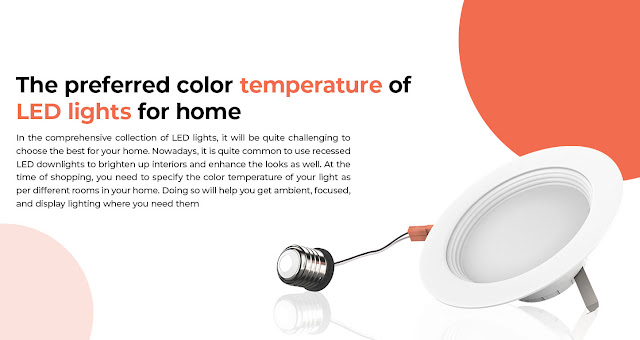
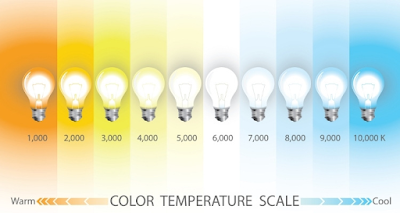
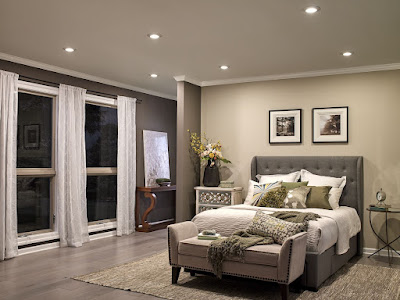
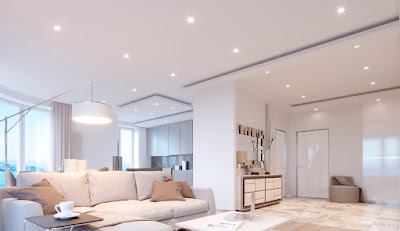
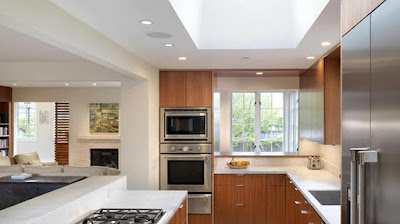
Comments
Post a Comment